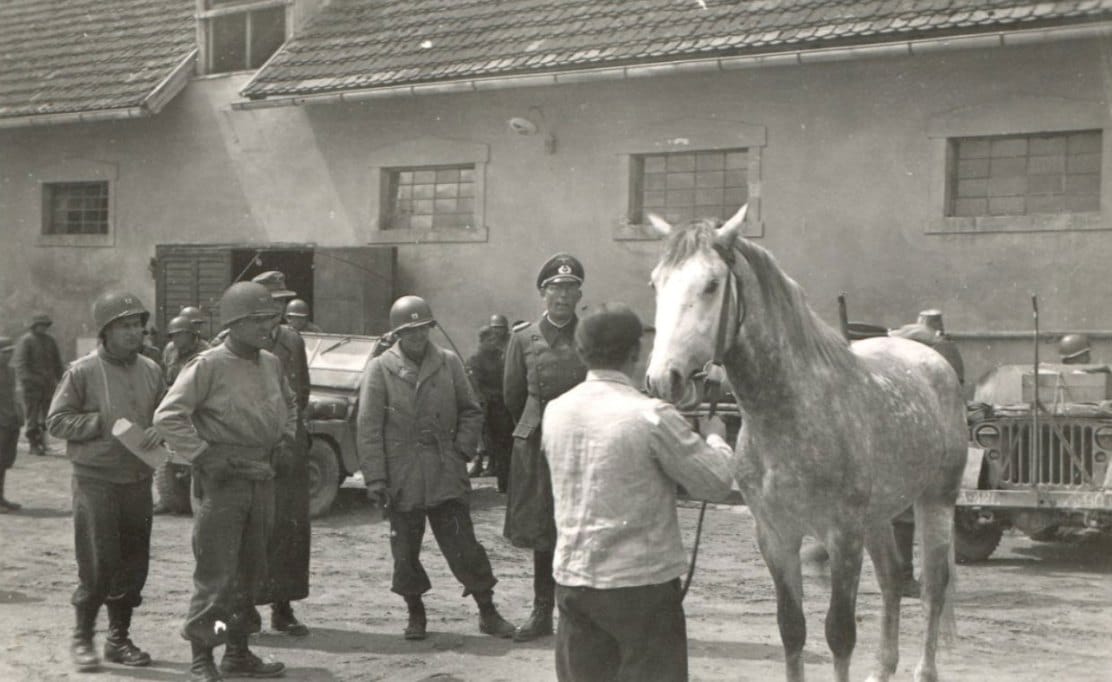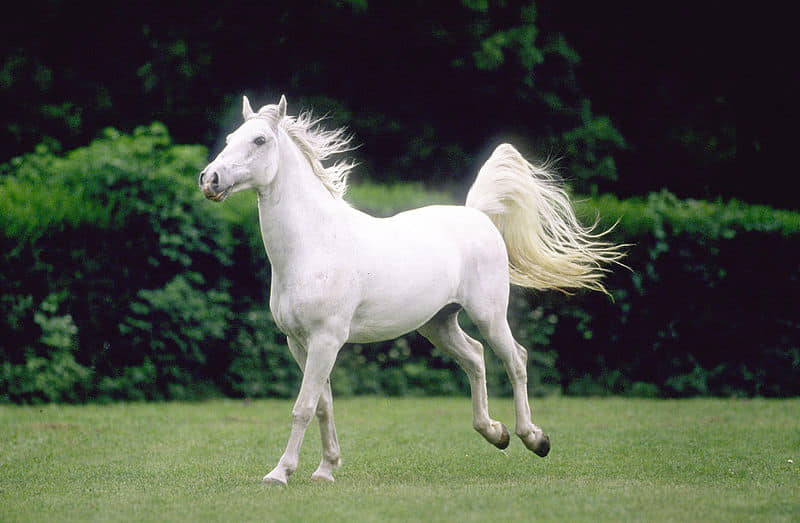Operation Cowboy: The Other Castle Itter

Now we all know about that time American and German troops joined forces to protect high-ranking PoWs from Waffen SS forces near the end of WW2. This is known as the Battle of Castle Itter. But believe it or not, there was another instance of German and American troops joining forces. But this time, it was also against the Soviets… Kinda.
Oh, there were also Cossacks, Poles, French, and New Zealanders as well in the mix.
The Nazis and the Lipizzaner Horses
Now as we all know, the Nazis pillaged everything of value during their rampage across Europe. And this included the world-famous Lipizzaner show horses from the Spanish Riding School in Austria (Yeah, I don’t know why either). Now if you didn’t know, Lipizzaner horses are some of the rarest and most prized show horses in the world. They are known for their grace, power, and longevity, a fact the Nazis were well aware of and after the annexation of Austria in 1938, the Lipizzaners were moved to a “stud farm” in Hostau, Czechoslovakia. Yeah… They knew very well what they had and intended to breed as many as they could for the Fatherland.

Anyway, the horses were taken care by Wehrmacht veterinarians during the conflict and over time, they grew fond of the horses. So you can imagine just how they felt when it was learned the Red Army was on the way and Hostau was right in their path. Now these vets had every reason to be afraid but they were more worried about the horses. Mainly because it was the Red Army and they had an axe to grind with anything that was German.
The Plan to Save the Horses
Lieutenant Colonel Hubert Rudofsky, commander of the Veterinary unit, was afraid just what would happen to the horses if the Soviets got there first. He had already heard how the Red Army had slaughtered a group of Lipizzaners who were owned by the Royal Hungarian Lipizzaner collection.
Their only chance to save these horses was to surrender to the advancing American forces. With the aid of a Luftwaffe officer named Lieutenant Colonel Walter Holters, they were able to get into contact with the 42nd Cavalry Reconnaissance Squadron of the 2nd Cavalry Group. A unit who were well known to the Germans as “Ghosts of Patton’s Army” because of their daring deep strikes in enemy territory. And by pure chance, many of the officers in the 42nd were skilled horsemen and had served in mounted units before the mechanization. So if there was anyone who was qualified to rescue horses, it was them.

General Patton’s Approval
As it turned out, General Patton himself also gave the green light for the rescue operation. As he recognized just how valuable the horses were to European culture and he didn’t like the idea of “The Reds” getting to them either. This was gonna be a logistical nightmare to say the very least, as only 325 US soldiers using armored cars and a couple of Chaffee light tanks would be sent in. Mainly because Patton could only spare that many. There was also the fact the Waffen SS was also operating in the region as well and they were not aware of this plan. But the American force, led by Major Robert P. Andrews, punched their way through the German lines and were able to make it to Hostau. Almost immediately the plan ran into an issue that there were much larger numbers of horses than originally thought and worse, many of them were either pregnant or had just given birth.
But by pure luck, there was a unit of Anti-Soviet Cossack horsemen led by (100% serious) Prince Amassov, who just happened to be nearby and they agreed to help. There were also a number of Polish, French, and New Zealander PoWs who were at the farm and were more than happy to be rearmed and help. The German soldiers and vets who had also surrendered were armed as well. As while they were more than happy to give up, the Waffen SS still believed the war could be won and would kill any German troops who had willingly surrendered.
A Successful Mission

With the help of the German PoWs, more trucks and trailers were sourced to carry the pregnant mares while the rest were rounded up cowboy-style and would have to walk back to American lines. Despite being attacked by some SS forces, the impromptu task force was able to flee Hostau and make it to safety, just as the first T-34s made it to the outskirts of town. The Soviets had actually seen what was going on, but didn’t really do anything.
Despite several men being killed, the mission was a success and after the war, the horses were returned to Austria. Where their descendants remain to this day at the Spanish Riding School.










